Owl nest boxes – an expert guide for adding one to your backyard
Attract these feathered friends to your outdoor space by giving them somewhere safe to shelter
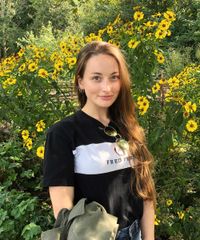
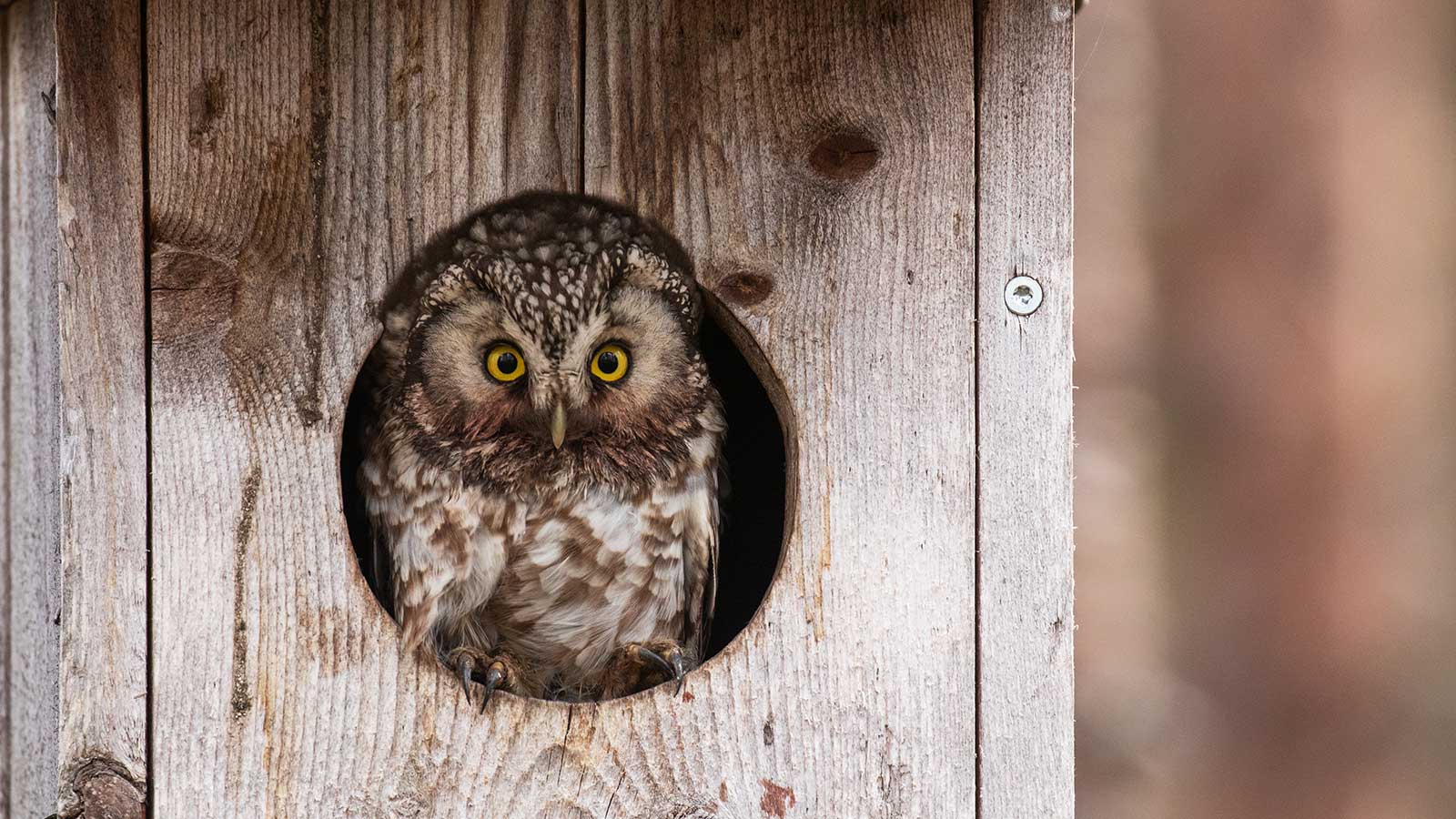
Q: I would like to encourage more owls into our outdoor space, and plan to buy an owl nesting box to do so. Is there any advice I need to know before I proceed?
A: Adding a nesting box is one of the best ways to attract owls to your backyard. However, there are a few things to consider before you invest in one. These include choosing the right one for your space, installing it in a suitable location, and knowing how to maintain it. There are also some potential interlopers to look out for, and things to avoid.

Saw-whet owls are small and native to North America
A guide to installing an owl nest box in your backyard
Turn your backyard into a more wildlife-friendly space with this expert advice.

Nesting boxes can be fixed to trees
Choosing an owl nesting box
'It's essential to choose the appropriate owl nesting box tailored to the specific owl species you intend to attract,' says wildlife expert Roberto Benardout.
Ben Team of FootstepsInTheForest.com underlines this point: 'Small owls obviously need small nesting boxes, while larger owls need more spacious accommodations. Very large owls, such as great horned owls and eagle owls, often prefer nesting in open boxes or flat platforms instead of cavity-style nesting boxes.'
You'll need to research the native owl species in your region, Roberto says. 'If you're uncertain, seek guidance from your local wildlife organization.'
Ben also recommends spending some time outside at night listening to the owls in your area. 'Different species have different calls, which you can learn by listening to YouTube videos or by visiting bird-oriented websites.
Design expertise in your inbox – from inspiring decorating ideas and beautiful celebrity homes to practical gardening advice and shopping round-ups.
'Once you've identified the species in your area, you can select an appropriate box or platform,' Ben continues. If you're choosing a box, ensure the size of the entrance hole is suitable, too.
Roberto also advises opting for materials that are water-resistant and safe for owls. 'Avoid the use of toxic substances, like paints or stains, inside the box to ensure the owls' well-being.'
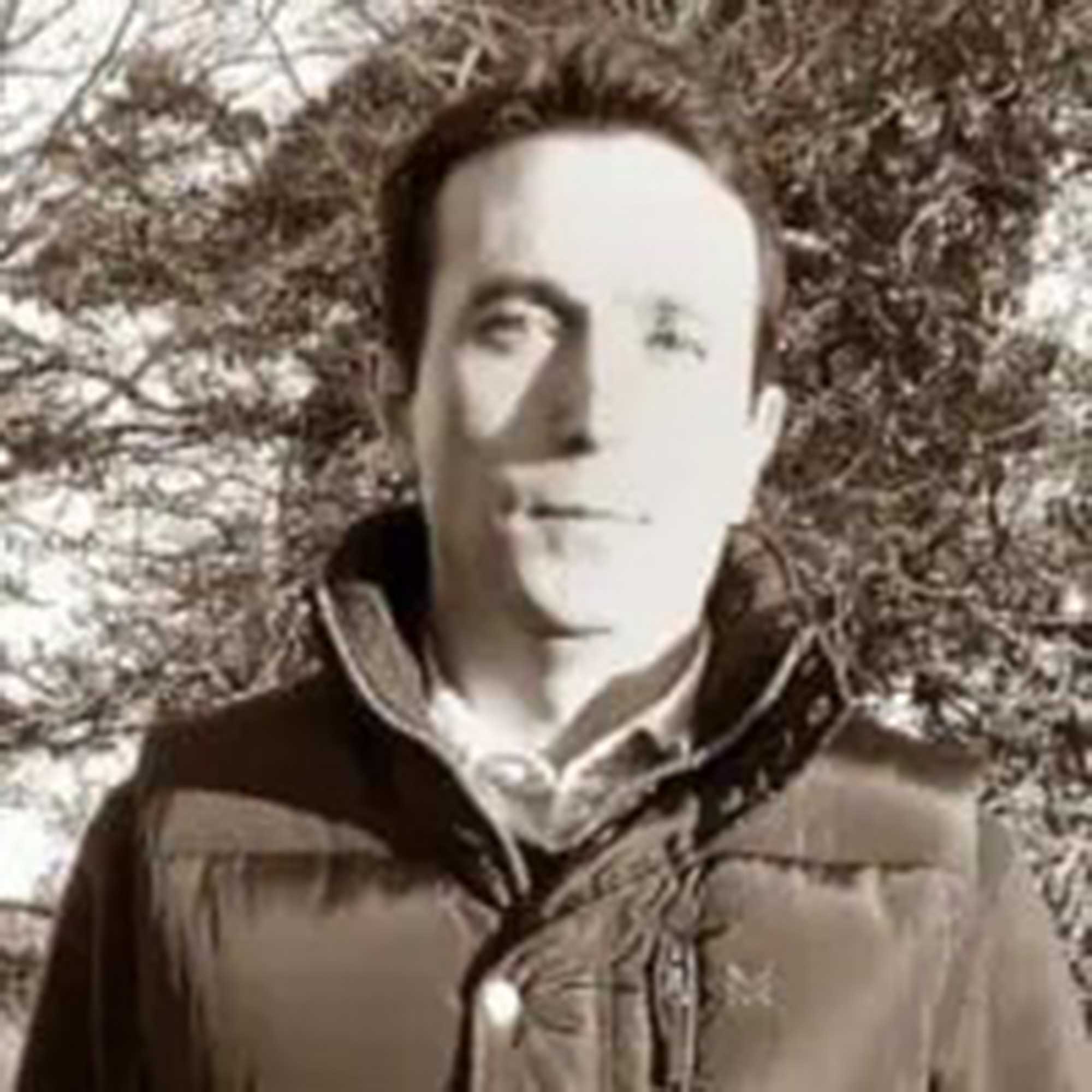
Roberto is a passionate outdoor enthusiast and dedicated wildlife lover, driven by an insatiable urge to explore Mother Nature's most awe-inspiring landscapes. As the founder of Nature Roamer, his greatest pleasure comes from inspiring others and sharing his knowledge about the wonders of the great outdoors.
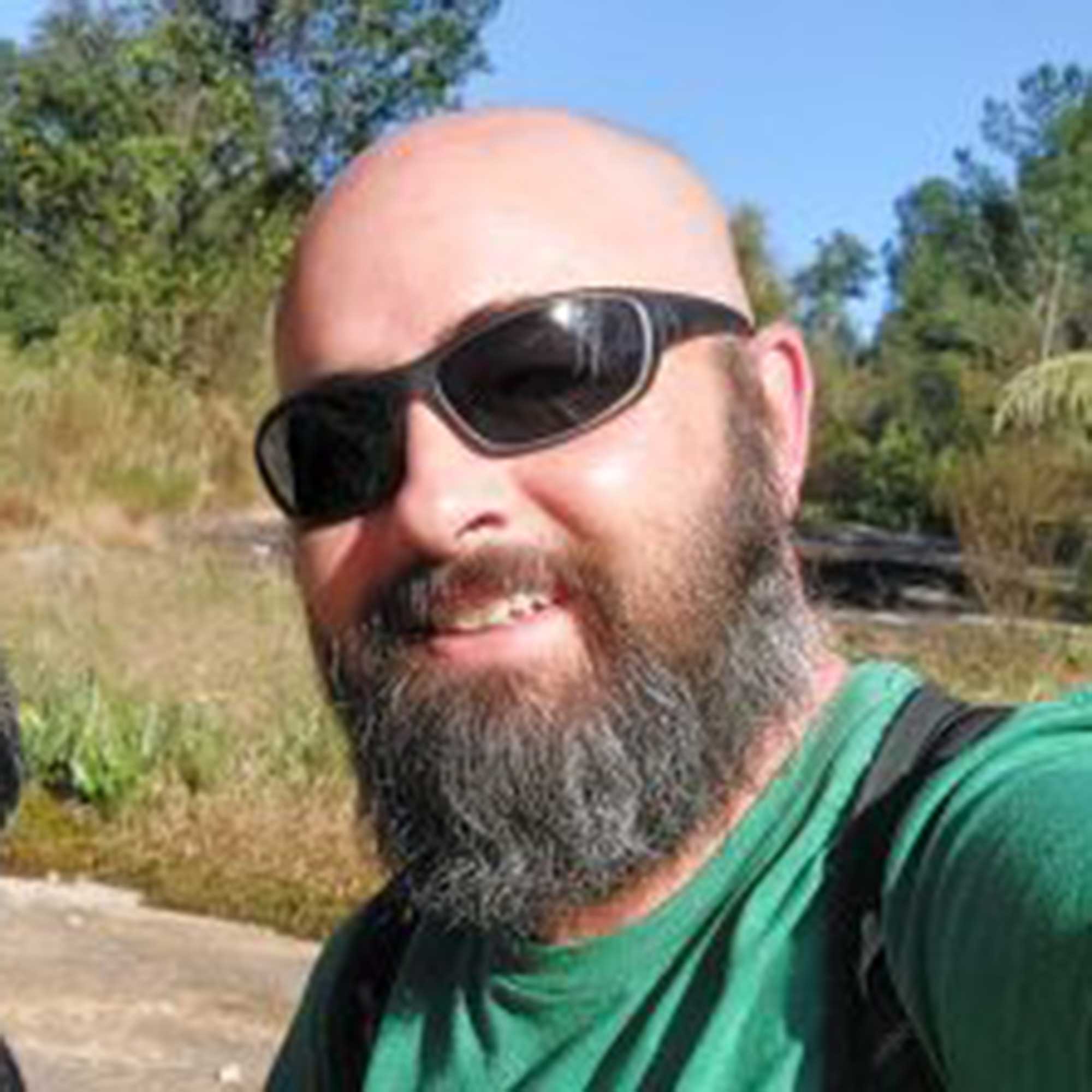
Ben Team is editor-in-chief of FootstepsInTheForest.com. A lifelong environmental educator and the former executive director of a nature reserve, Ben has led more than 10,000 miles of guided nature hikes, authored more than 40 animal care books, and has been profiled in a variety of media outlets, including local public television, County Line Magazine, and Disney Radio.
Shop owl nesting boxes from these top picks:
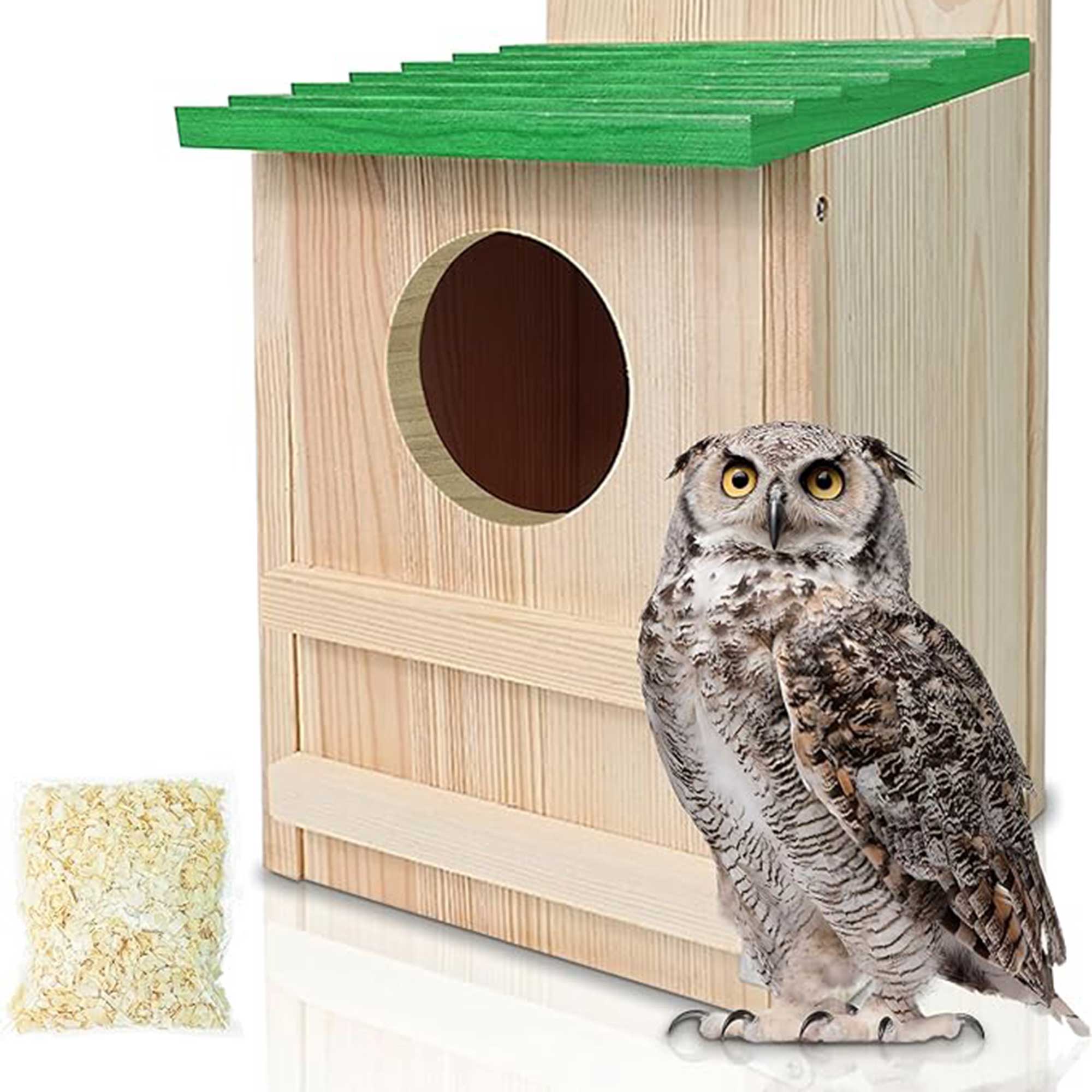
Awarded 'Amazon's Choice', this ventilated, easy-to-install, high-quality wooden nest box comes complete with a bag of wood shavings, and is at a great price. It's large enough for screech owls and saw-whet owls.
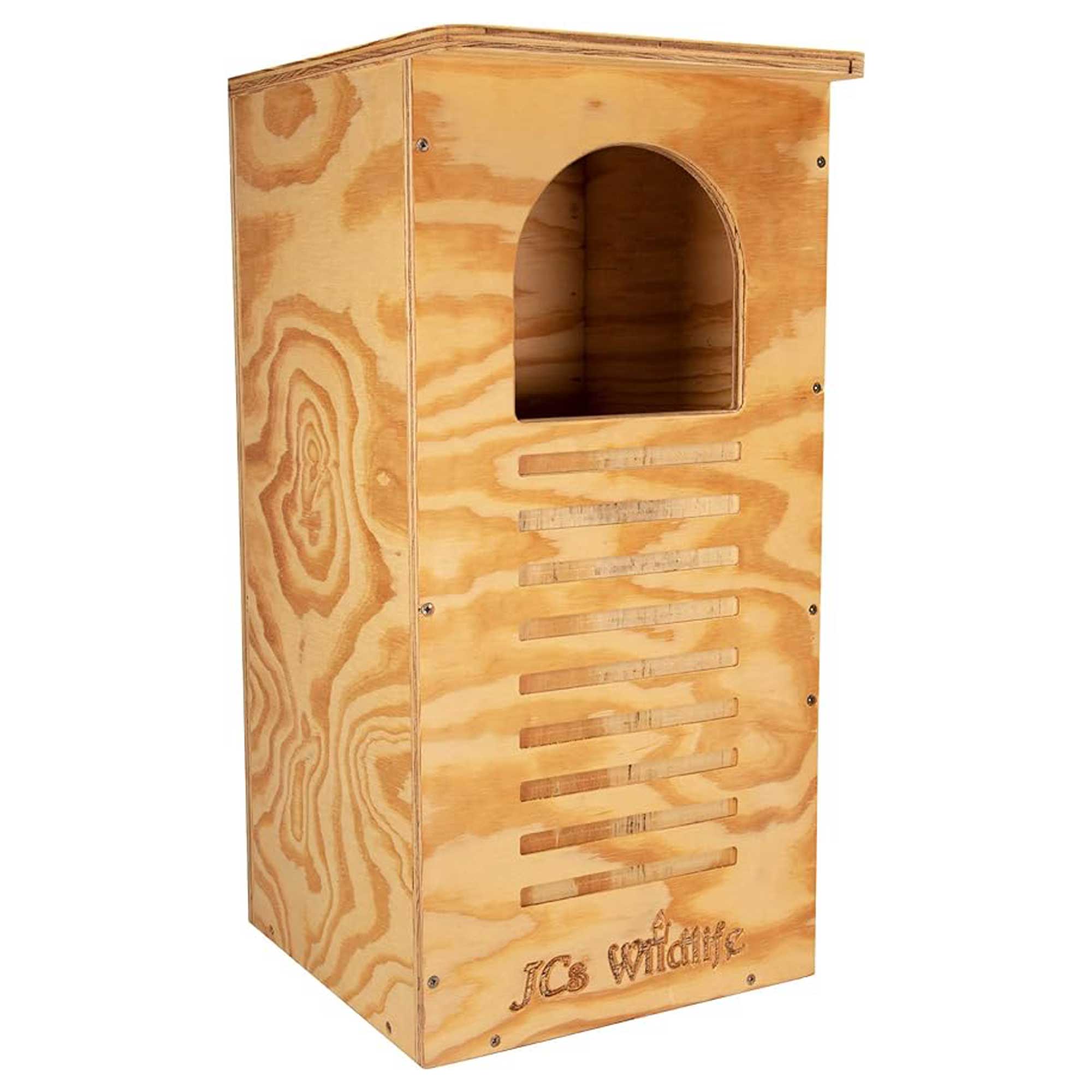
A more premium-priced option with excellent reviews, this nesting box features grip grooves to allow for easy access and comes with nesting material. What's more, it's simple to clean due to the door at the side.
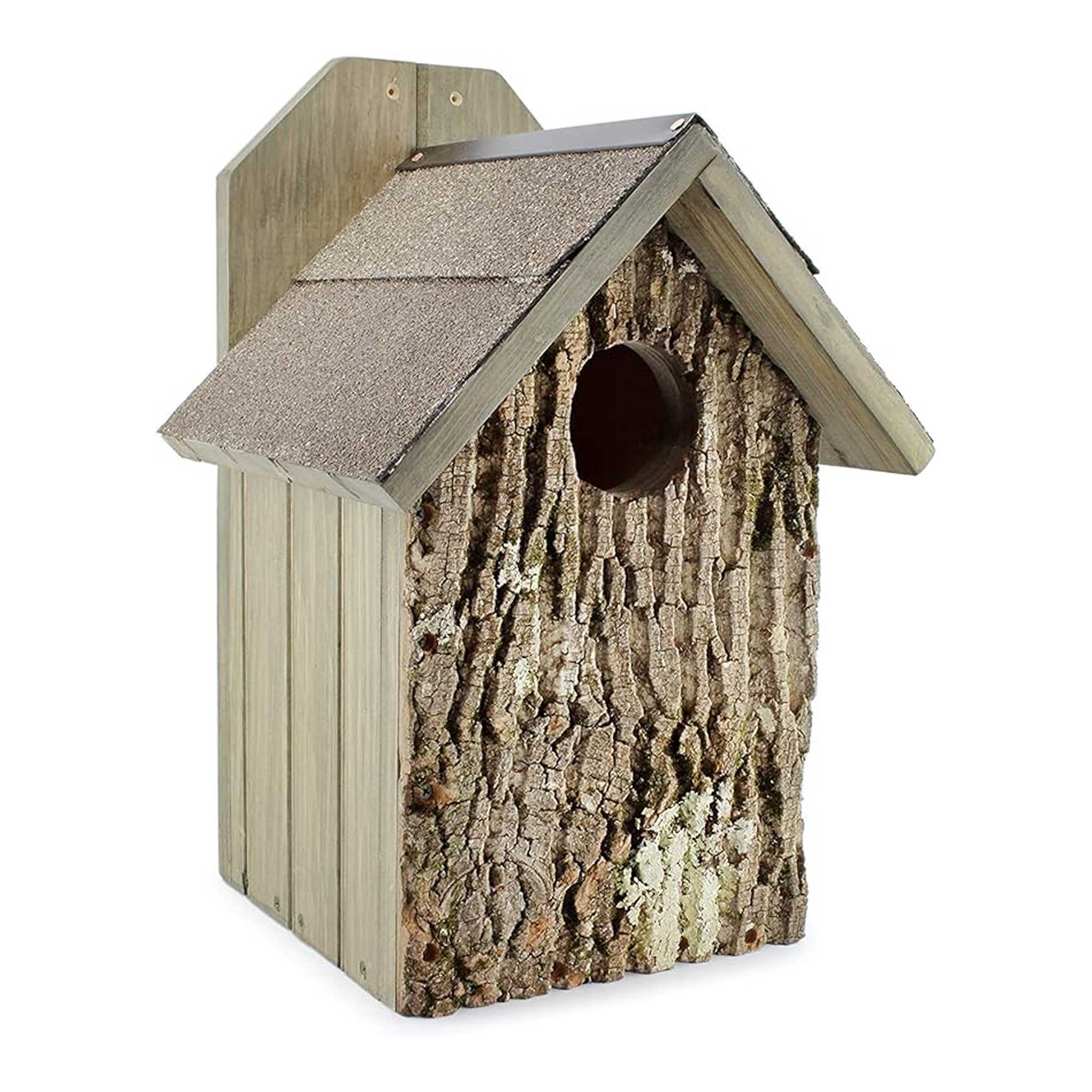
Handcrafted from solid pine wood and recycled tree bark, this is the perfect owl nesting box if you prefer a more rustic look. The design features a shingled roof and is finished with a wildlife-friendly decking stain. Pine shavings are included.
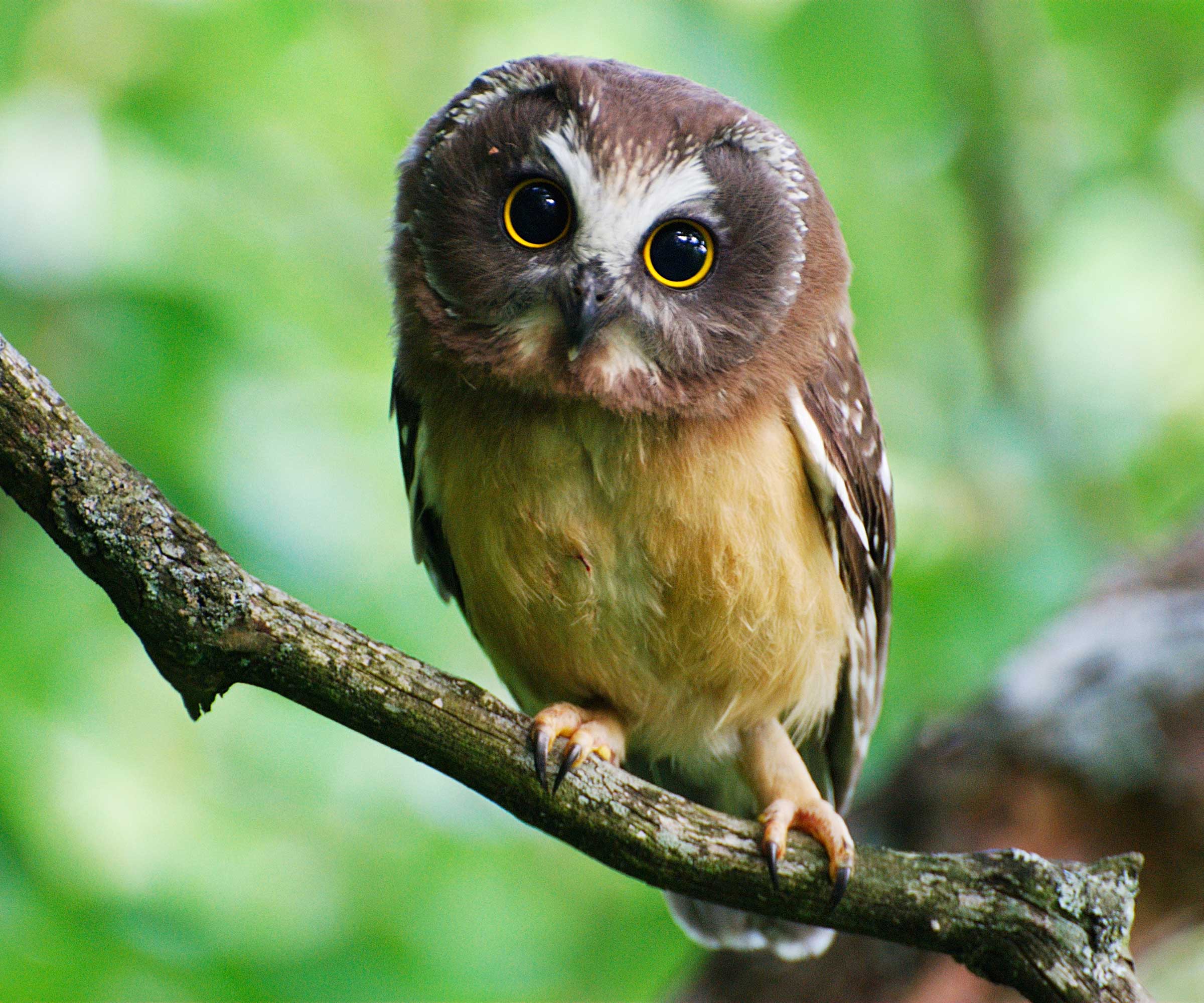
Choose a style of nesting box that's suitable for the owls in your region
Where to put an owl nesting box
Roberto advises choosing a tranquil and secluded location for installation, far from human and pet activity, to ensure an undisturbed nest.
They can be installed in a large, relatively open backyard tree, on a sturdy post, or on the exterior of a building. Note that owl pellets and droppings may accumulate below the box.
'Position the nest box at an ideal height of 10-15 feet above the ground, with the entrance facing away from prevailing winds to shield it from drafts and rain,' Roberto says. 'While some sunlight is essential for warmth, avoid placing the box where it will receive excessive direct sunlight during the hottest parts of the day, as this can overheat the nest.'
Top tip: Add a layer of bedding – a couple of inches thick – across the floor of your owl box when you go to install it. Untreated chipped wood is a popular option, but avoid cedar (which emits irritant fumes) and sawdust.

An eastern screech owl
Maintaining an owl nest box
Regular maintenance is crucial for owl nesting boxes, says Roberto. 'After each nesting season, it's essential to clean the box to prevent waste buildup and reduce the risk of disease and parasites.'
Late fall is usually the best time, but do double-check that the owl nesting box isn't inhabited before you go to clean it. Wear gloves and other protective clothing, including a face mask, before you proceed – this will help protect you from any potential pathogens.
'Remove any old nesting material, and don't forget to inspect for wear and tear,' says Roberto. 'Ensure the box remains watertight and make necessary repairs to keep it in top condition,' he adds.
Top tip: Make sure to keep any hummingbird feeders clean, too, if you've added some to your yard.

Barn owls have a distinctive appearance and are a widespread species
FAQs
Where should you avoid installing an owl nest box?
Install your nesting box away from busy roads, as well as utility poles, to help protect any visiting owls from harm.
When should you install an owl nest box?
Late fall is a good time to install an owl nest box to welcome wildlife the following spring.
How can I stop squirrels from using my owl nesting box?
Squirrels can take over owl boxes during the fall and winter, when they're not being used by the birds.
If your owl box is installed on a post, consider adding a squirrel baffle which will deter them from gaining access. If yours is in a tree, you could try using metal flashing to create a barrier above and below the box.
There are ways to encourage other feathered friends to your yard, too, such as installing a bird bath. It's also worth putting out bird food in winter, to give them a helping hand during the colder months.

Holly started writing about gardening five years ago, and she is a regular contributor to Homes & Gardens. She has also written many gardening features for Woman & Home and Real Homes, too. She has previous experience as a professional gardener, where she helped to plant and maintain private gardens. Holly has also looked after allotment plots over the years and loves to grow her own flowers and veggies from seed. In her spare time, she enjoys visiting local gardens, botanical drawing, and tending to her ever-growing collection of houseplants.